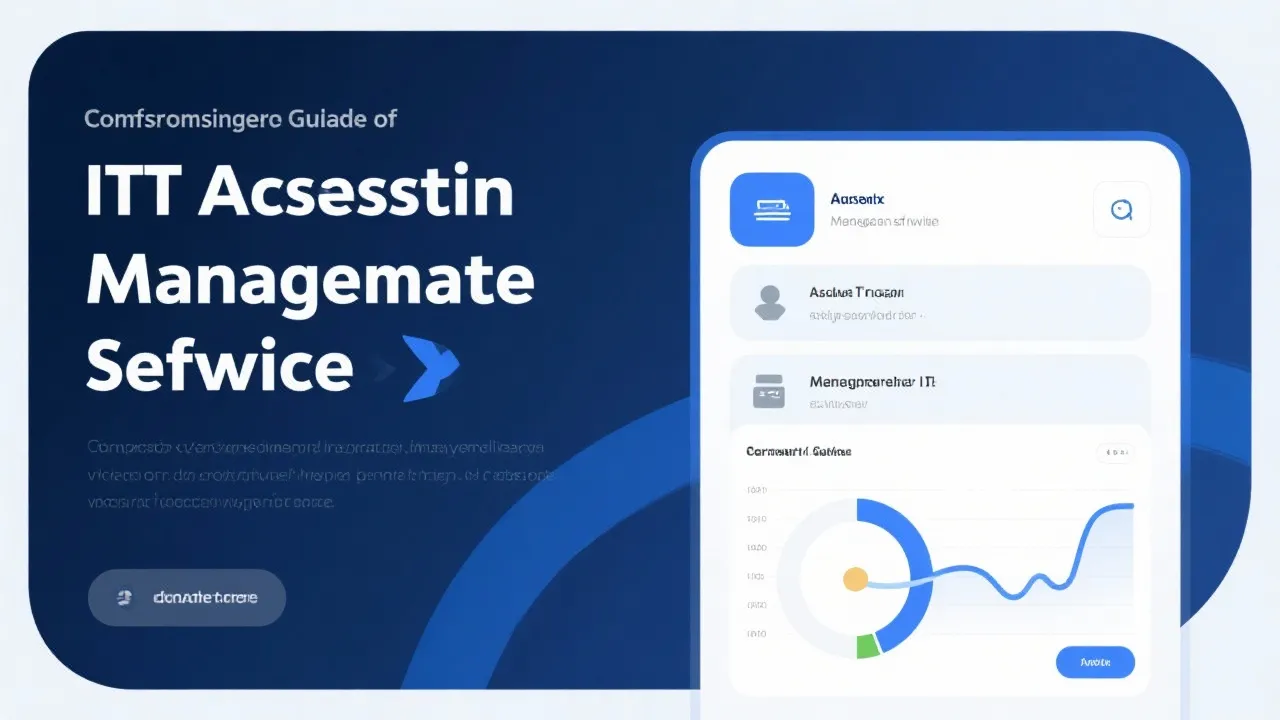ManageEngine AssetExplorer is a vital tool for organizations looking to streamline their IT asset management processes. This sophisticated software solution enables companies to manage all facets of their IT assets with precision, from acquisition to disposal, ensuring compliance, optimizing resources, and minimizing costs. By offering extensive features tailored to various business needs, AssetExplorer plays a critical role in modern IT departments' strategic and operational success.

In the rapidly evolving world of technology, managing IT assets efficiently is essential for any organization aiming to maintain competitiveness and operational excellence. As enterprises expand their digital infrastructure, tools like ManageEngine AssetExplorer become indispensable. Asset management is the backbone of IT workflows, ensuring that resources are allocated judiciously and utilized to their full potential. A strong asset management strategy can help in maximizing the return on investment (ROI) and can significantly reduce risk, waste, and operational costs.
ManageEngine AssetExplorer is a web-based IT asset management (ITAM) software designed to help organizations keep track of their IT assets and inventory. It offers comprehensive features that facilitate all aspects of asset management, including acquisition, maintenance, and disposal. By implementing this tool, companies can enhance visibility, reduce associated costs, and ensure compliance with regulations. This powerful software enables IT leaders to have a centralized view of their assets, simplifying auditing processes and enhancing overall governance surrounding IT asset management.
One of the significant advantages of ManageEngine AssetExplorer is its user-friendly interface, which caters to both IT teams and non-technical staff. This accessibility ensures that all users can effectively engage with the system to fulfill their asset management needs. Moreover, it integrates seamlessly with other ManageEngine products, offering a cohesive approach to IT management. For example, integration with ManageEngine ServiceDesk Plus allows organizations to correlate asset information with their IT service management, driving better service delivery. Its flexibility and scalability make it suitable for small businesses and large enterprises alike, empowering them to manage assets actively, maintain transparency, and drive efficiency.
Effective asset management is crucial for maximizing the value of technology investments. It ensures an organization’s IT assets are both cost-effective and efficient, aligning with business goals. A well-implemented asset management strategy helps organizations avoid common pitfalls such as compliance issues, financial misappropriation, and poor resource allocation. In today's market, adopting comprehensive asset management software like ManageEngine AssetExplorer can result in considerable savings, better risk management, and improved service delivery.
Moreover, proper asset management contributes to sustainable IT practices. By systematically tracking and retiring obsolete assets, organizations can reduce their environmental impact, promoting a greener, more sustainable operational ethos. As corporate responsibility becomes increasingly prioritized by consumers and stakeholders alike, effective asset management plays a pivotal role in demonstrating environmental stewardship.
Creating an optimal strategy using ManageEngine AssetExplorer involves several steps. First, organizations must clearly define their objectives and identify key performance indicators (KPIs) to measure success. These KPIs might include metrics such as asset utilization percentages, compliance rates, or annual cost savings achieved through better asset management.
Next, it is important to ensure all stakeholders are on board and understand the benefits of using the software. Conducting training sessions, offering resources, and encouraging a culture of asset management can significantly improve user adoption and overall satisfaction with the system. Additionally, communication regarding asset management goals and progress should be kept open and frequent to maintain engagement across different divisions.
Regular auditing and assessments of the assets within the organization is crucial. This process not only helps in identifying underutilized or redundant assets but also aligns asset management with ongoing business priorities. Continuous monitoring and adjustments based on feedback and data insights will ensure the process remains aligned with organizational goals.
Furthermore, organizations should leverage the reporting and analytics features within AssetExplorer to evaluate the effectiveness of their asset management strategy constantly. By identifying patterns and potential issues quickly, organizations can proactively adjust their strategies, further enhancing efficiency and engagement.
| Feature | Benefits |
|---|---|
| Asset Lifecycle Management | Improves visibility and control over asset status, reducing downtime and enhancing planning across departments. |
| License Compliance | Prevents legal issues and excess spending by managing licenses efficiently in every aspect of business operations. |
| Resource Optimization | Ensures optimal use of resources, avoiding waste and aligning with company objectives, which can lead to substantial cost savings. |
| Cloud Asset Management | Facilitates the efficient management of virtual assets, ensuring comprehensive tracking and cost control in a cloud-driven environment. |
| Reporting and Analytics | Provides insights into asset performance, assists in strategic decision-making, and helps to enhance future purchasing strategies. |
When implementing ManageEngine AssetExplorer, there are several best practices that organizations should keep in mind:
While implementing an effective IT asset management strategy is beneficial, it often comes with its own set of challenges:
In conclusion, ManageEngine AssetExplorer serves as an essential tool for any organization seeking to gain comprehensive oversight and control over their IT assets, leading to better cost management and operational efficiency. Its array of features meets diverse business needs, facilitating a robust asset management framework. Moreover, through strategic asset management practices, organizations not only enhance their operational effectiveness but also build a sustainable approach that aligns with corporate social responsibility. As modern technologies continue to evolve, leveraging tools like AssetExplorer can significantly contribute to an organization's success in a competitive marketplace.
Explore the Tranquil Bliss of Idyllic Rural Retreats

Ultimate Countdown: The 20 Very Legendary Gaming Consoles Ever!

Affordable Full Mouth Dental Implants Near You

Discovering Springdale Estates

Embark on Effortless Adventures: Unveiling the Top in Adventures Made Easy Outdoor Equipment

Unlock the Full Potential of Your RAM 1500: Master the Art of Efficient Towing!

Dodge Ram: Redefining the Future of Full-Size Trucks with Unmatched Power and Innovation

Get New Phones Without Plans Easily

Smart Strategies to Slash Costs on Your Roof Replacement Endeavor
